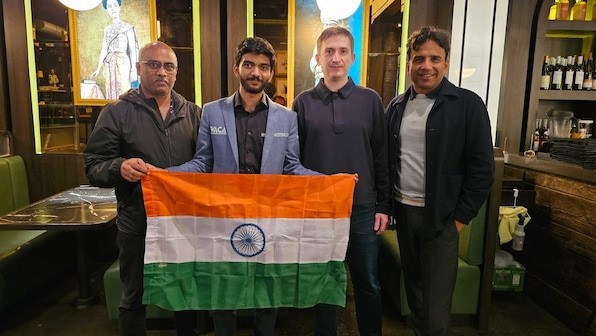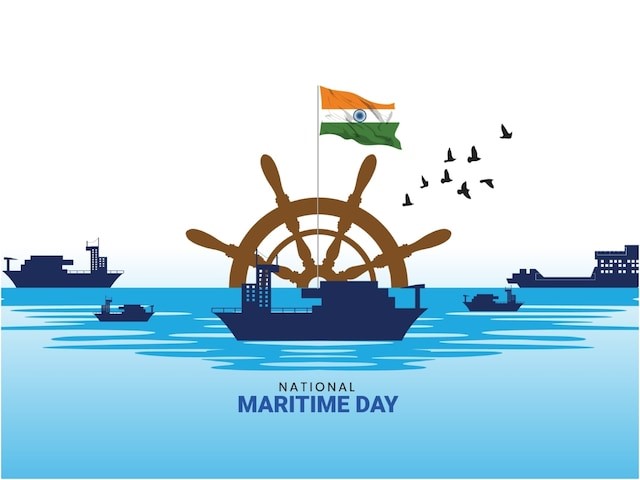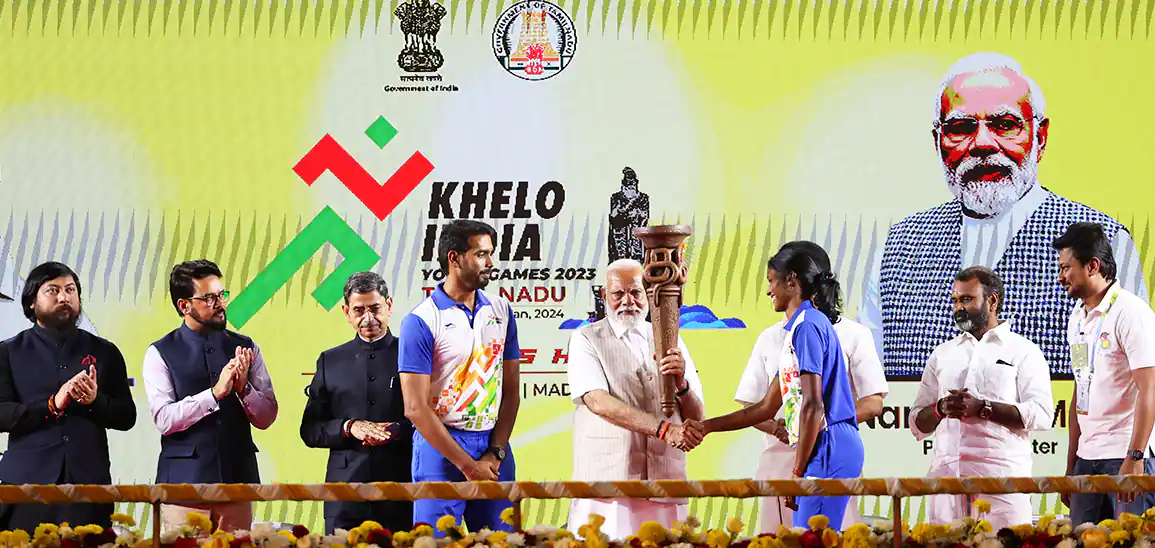Description

Copyright infringement not intended
Context: International Worker’s Day is marked on 1st May to celebrate the achievements and struggles of workers around the world.
Details
International Worker’s Day
- It is also known as Labour Day
- It is a day to celebrate the working class and their achievements.
Background
- The first Labour Day was celebrated on 1st May 1886, when thousands of workers went on strike in Chicago and other cities to demand an eight-hour workday.
- The strike was met with violence and repression by the authorities, resulting in several deaths and injuries.
- The event sparked international solidarity and outrage among the labour movement and led to the establishment of May 1 as a day of commemoration and protest.
- In 1889, the International Congress of socialist parties met in Paris and decided to celebrate Labour Day or Worker’s Day on May 1 as a symbol of workers’ unity and struggle.
- Since then, May 1 has become a day of rallies, marches, demonstrations, and cultural events that highlight the issues and demands of the working class.
-min.jpg)
Labour Day in India
- In India, Labour Day was first observed on 1st May 1923, in Chennai by the Labour Kisan Party of Hindustan.
- The party hoisted a red flag, which is a common emblem of labour movements worldwide.
- Labour Day is also known as ‘Kamgar Divas’, ‘Kamgar Din’, or ‘Antrarashtriya Shramik Divas’ in India.
- It is a national holiday that honours the contributions and sacrifices of workers in various sectors and industries.
Significance
- Raise awareness about the importance and rights of workers, and protect them from exploitation and oppression.
- Celebrate the dignity and value of labour, and acknowledge the role of workers in the development and progress of society.
- A reminder that workers are not mere commodities, but human beings with dignity and aspirations.
Conclusion
- Labour Day is an opportunity to reflect on the challenges and opportunities that workers face in the changing world of work.
- Labour Day is a call for action to ensure that workers have decent work, fair wages, social security, collective bargaining, and participation in decision-making. It is also a call for solidarity among workers across borders, sectors, genders, and generations to fight for a more just and sustainable world.
|
PRACTICE QUESTION
Q. How can India create more and better jobs for its large and diverse workforce, especially in the wake of the pandemic and the slowdown of the economy? What are the main challenges and opportunities for improving the labour market outcomes and skills of the future?
|

https://en.wikipedia.org/wiki/International_Workers%27_Day
















